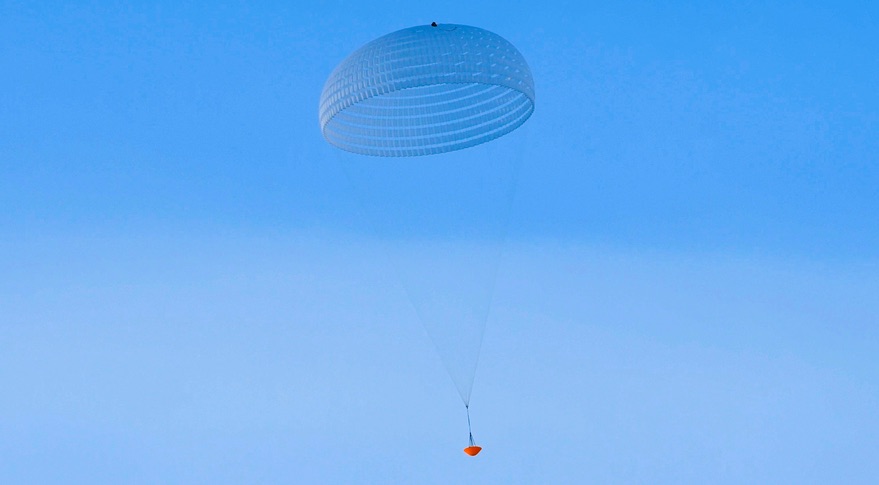Products You May Like
WASHINGTON — Top officials with the European Space Agency remain confident that they will be able to resolve the parachute problems that threaten to delay next summer’s launch of the ExoMars 2020 rover mission.
In two high-altitude tests earlier this year, parachutes intended to slow down the ExoMars 2020 lander suffered tears in their canopies. In one test in May, both the 15-meter and 35-meter parachutes were tested, while a second test in August, after incorporating what ESA called “precautionary design adaptations,” suffered tears in the 35-meter parachute.
ESA has since turned to NASA for assistance, working with experts at the Jet Propulsion Laboratory who have experience designing parachutes for NASA’s Mars landers. Another set of high-altitude balloon tests of the parachutes are scheduled for the first quarter of 2020 in Oregon.
“We are very happy that our American friends, partners and colleagues are supporting us in solving that issue, because parachutes are very dangerous and very complicated elements,” Jan Woerner, director general of ESA, said in an Oct. 23 interview during the International Astronautical Congress here. “NASA has much more experience with parachutes than we have.”
He was confident that, despite the parachute problems, it will still be ready to meet a launch window that is open for only two and a half weeks in late July and early August of 2020, calling the overall state of the mission “excellent.” “There’s no change of plan right now” about the launch, he said.
In a separate interview Oct. 24, David Parker, director of human and robotic exploration at ESA, said the problem seen in those two tests appears linked to the extraction of the parachutes from their canisters. “The parachutes themselves have been demonstrated to work well,” he said.
NASA is currently assisting ESA with ground tests of the parachute extraction systems, he said, using facilities at JPL. That will be completed before the high-altitude balloon tests early next year.
One reason why ESA is confident that the problem could be corrected without delaying the launch is that the parachutes can be added late in the process of preparing the spacecraft for launch. “The advantage of the parachutes is that they can be integrated into the descent module very late on in the sequence,” Parker said. “As long as we have proven that the parachute works, it can be integrated very late in the assembly sequence.”
ESA said in an Oct. 15 statement that the goal is to have the parachutes qualified in time for a “qualification acceptance review” for the mission scheduled for late April. “We believe we will find the problem and then solve it, and then have a parachute successfully integrated,” Woerner said in the interview.
